In early November, I returned from Japan to Honolulu for 3 days to drop off my tools. Then, I picked up as many cameras as possible and flew to meet my friend Andrew Ren.
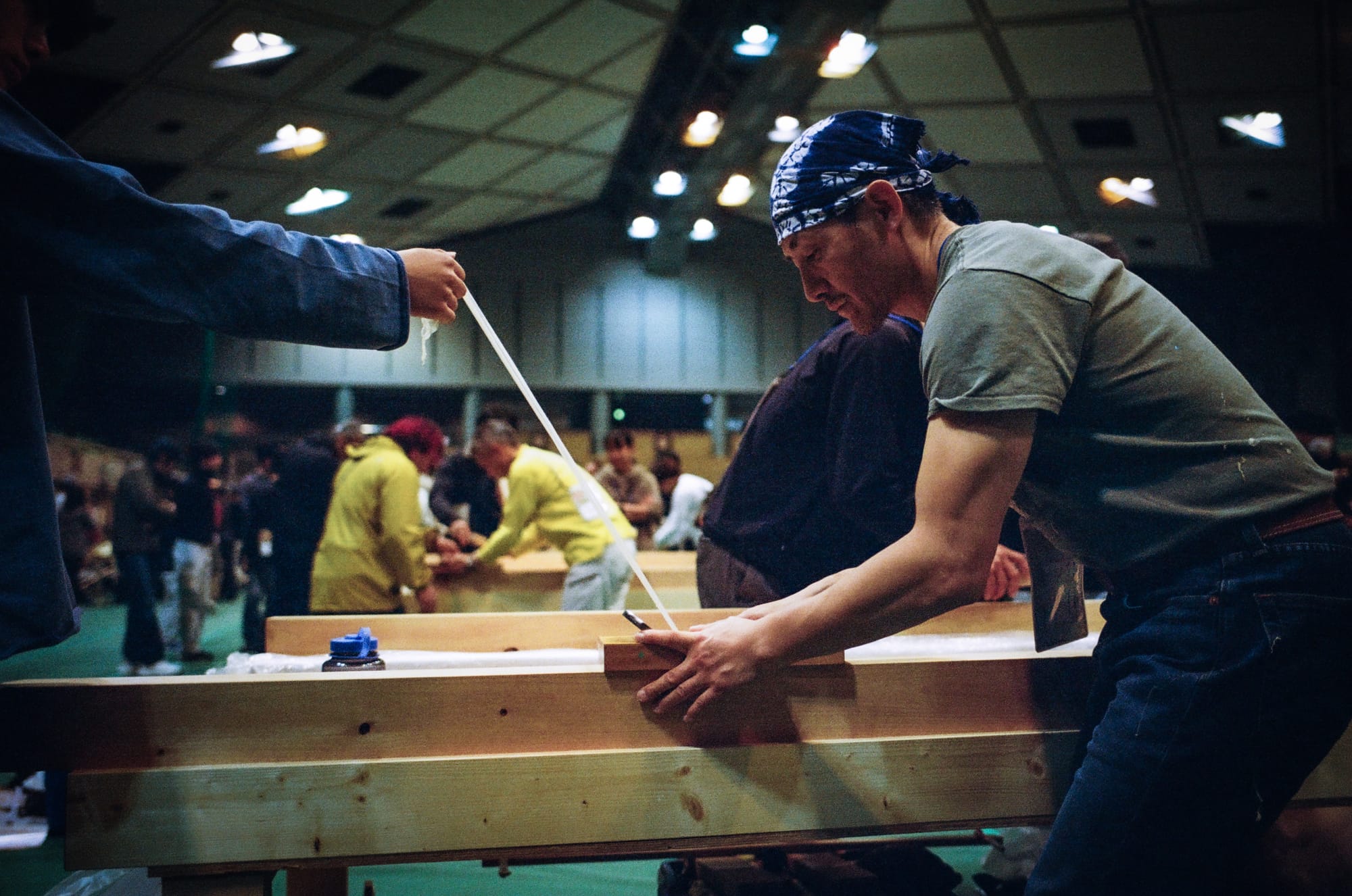
He would compete in the annual Kezuroukai Japanese hand plane competition an hour west of Tokyo.
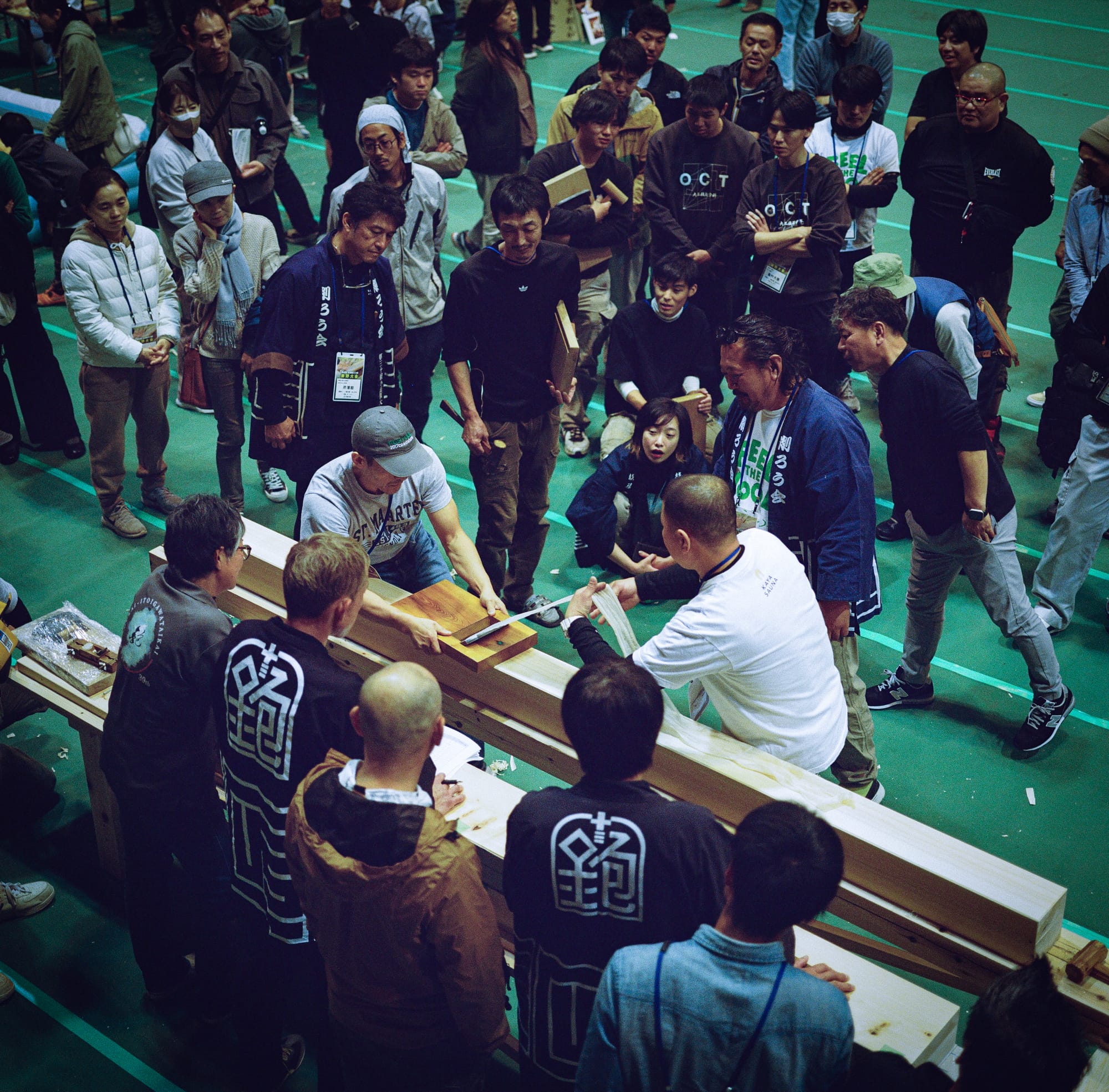
I also looked forward to seeing friends and teachers from Somakosha, Kezuroukai-USA, and Mt Fuji WCS, too.
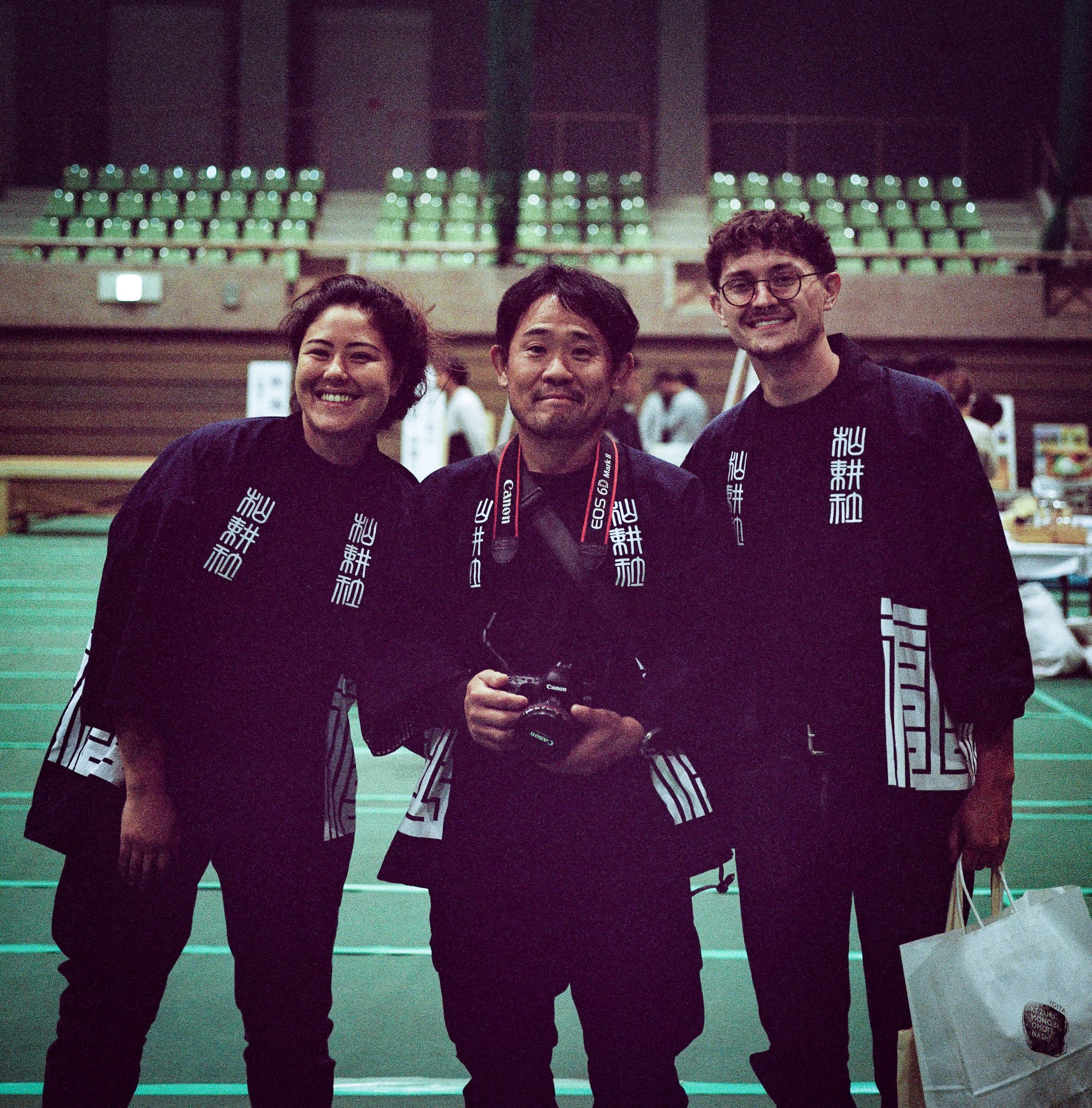
And Morgan, who apprenticed with Jason Fox, and is now adjusting to his apprenticeship in Japan with Matsumoto-san.
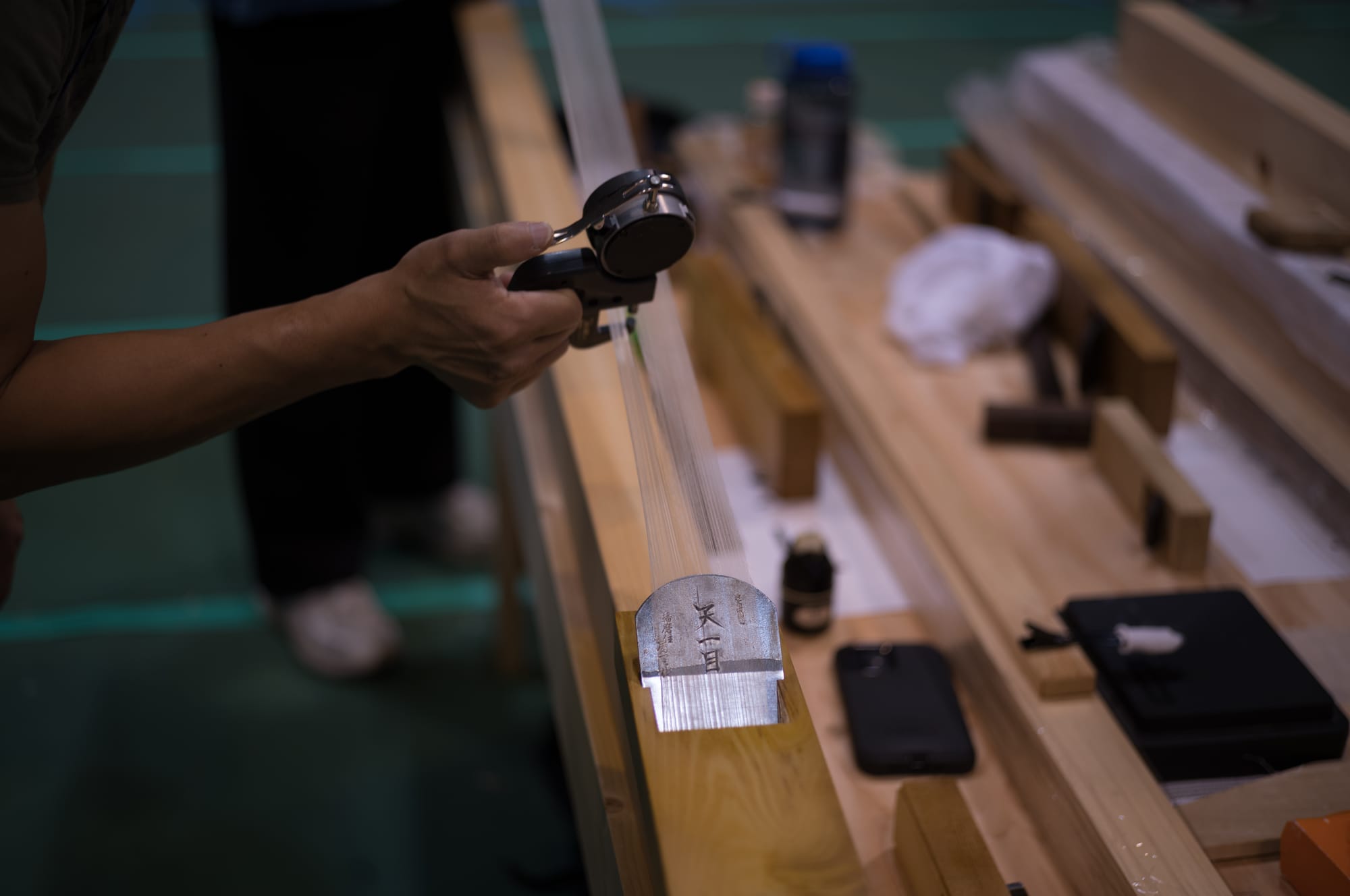
Teachers have told me that practicing to compete in Kezuroukai is a great way to enhance your sharpness and planing ability.
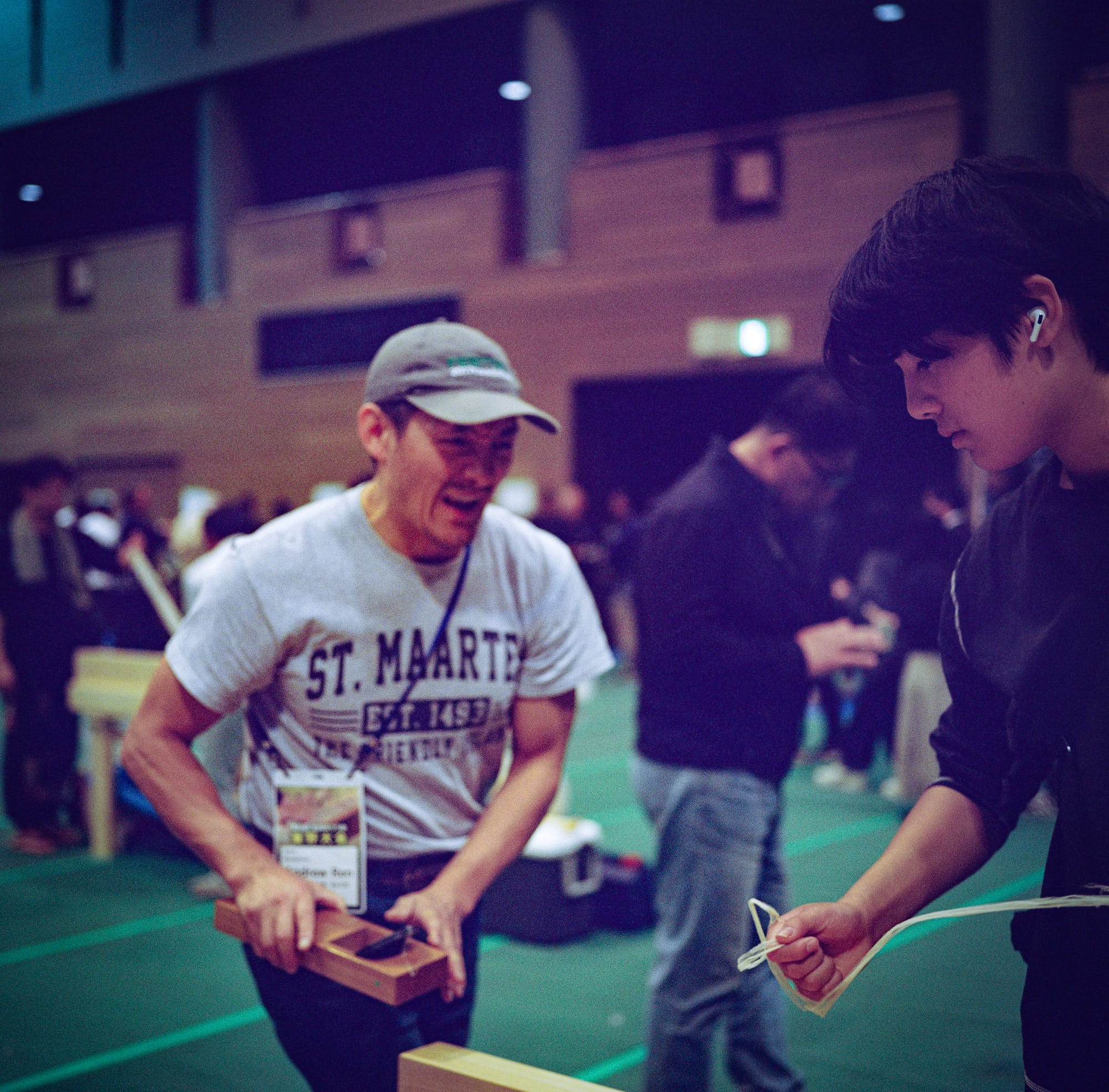
I have too much building to do to get obsessed with a planing contests, so I was happy to relax and focus on watching the competition.
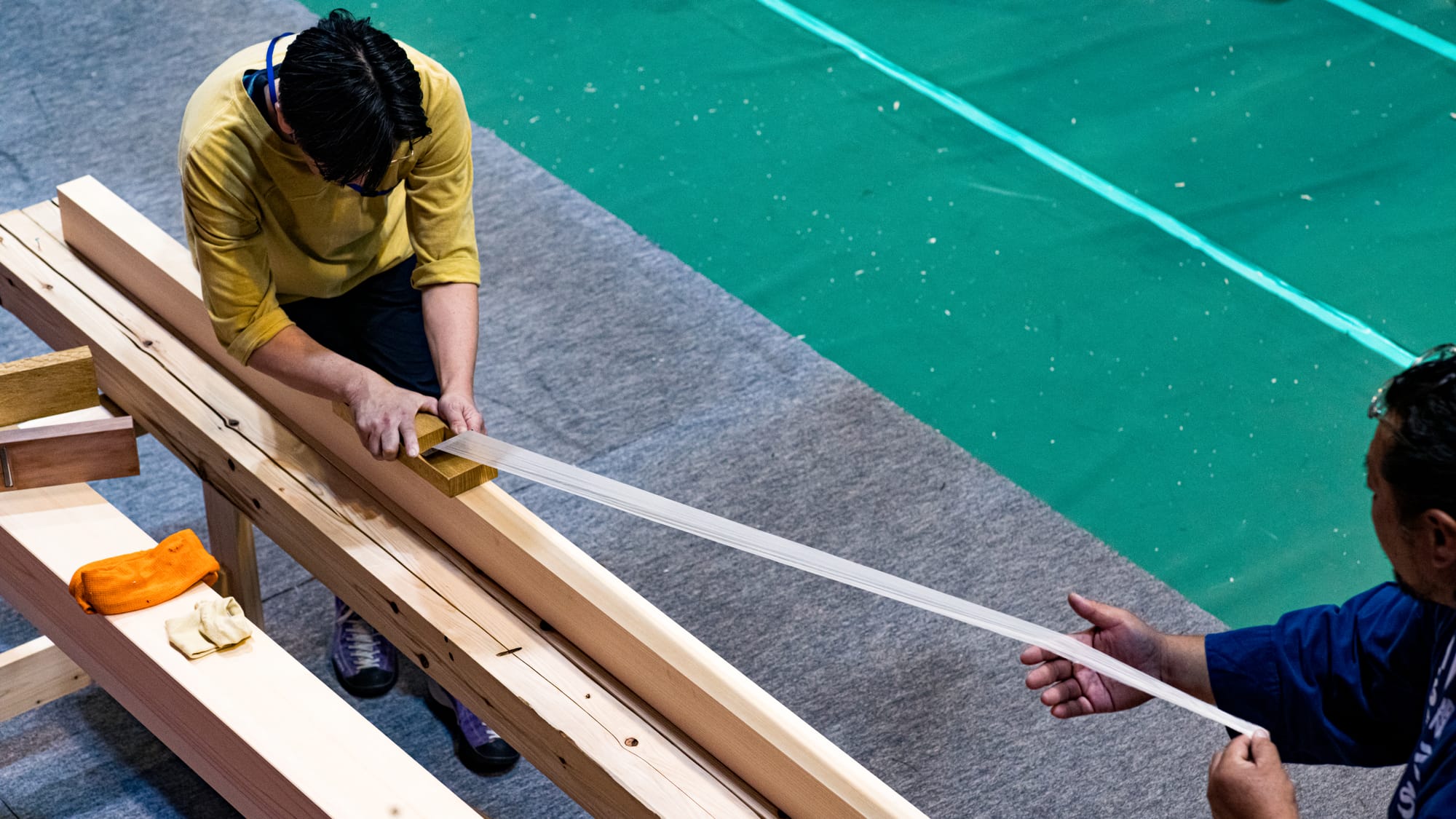
Despite that, I try to keep up with Kezuroukai competitor habits, for whatever might help me in the context of building things with sharper tools.
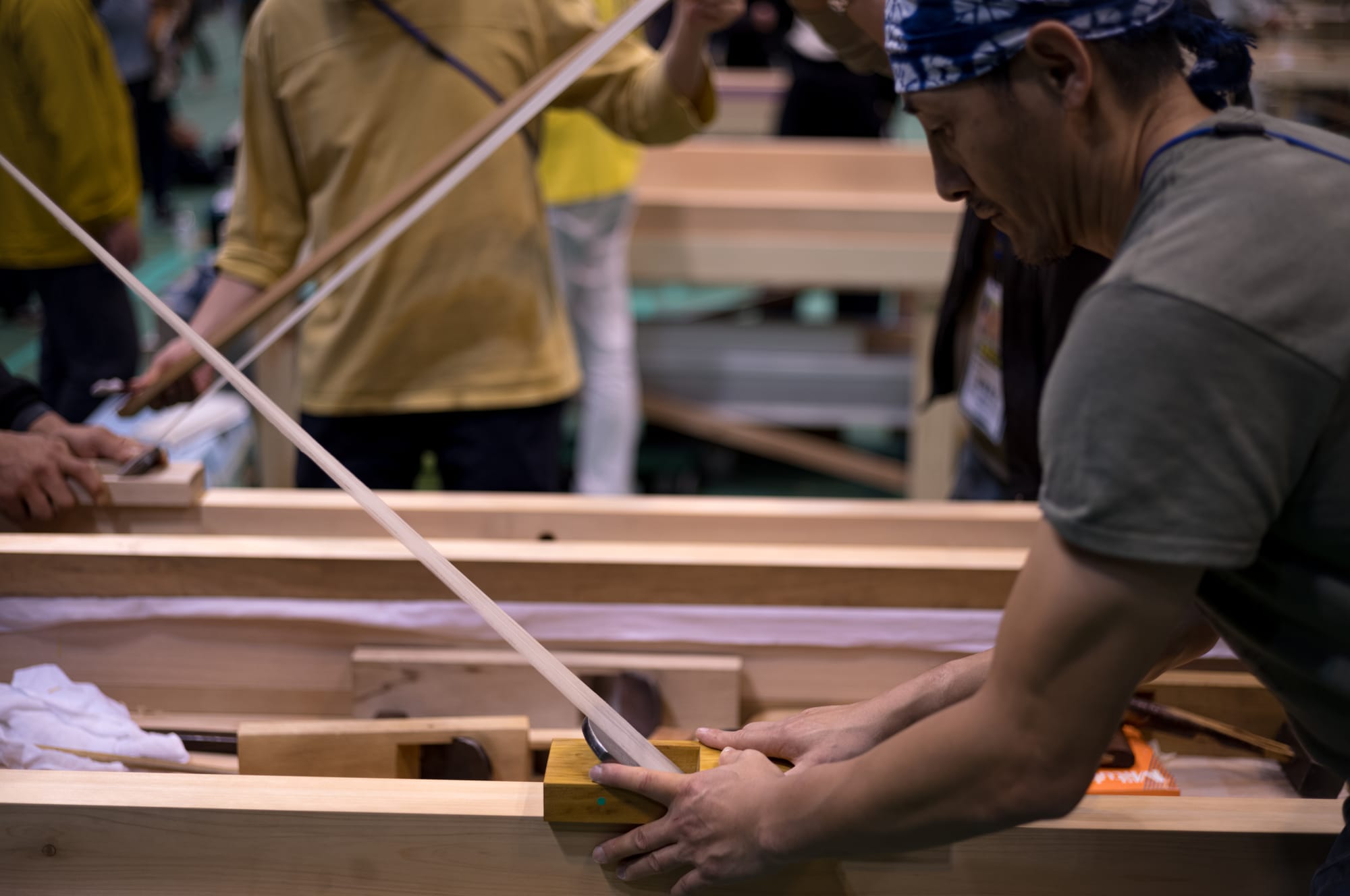
Most competitors observe each other's work, but since it is a competition, habits are kept somewhat secret.
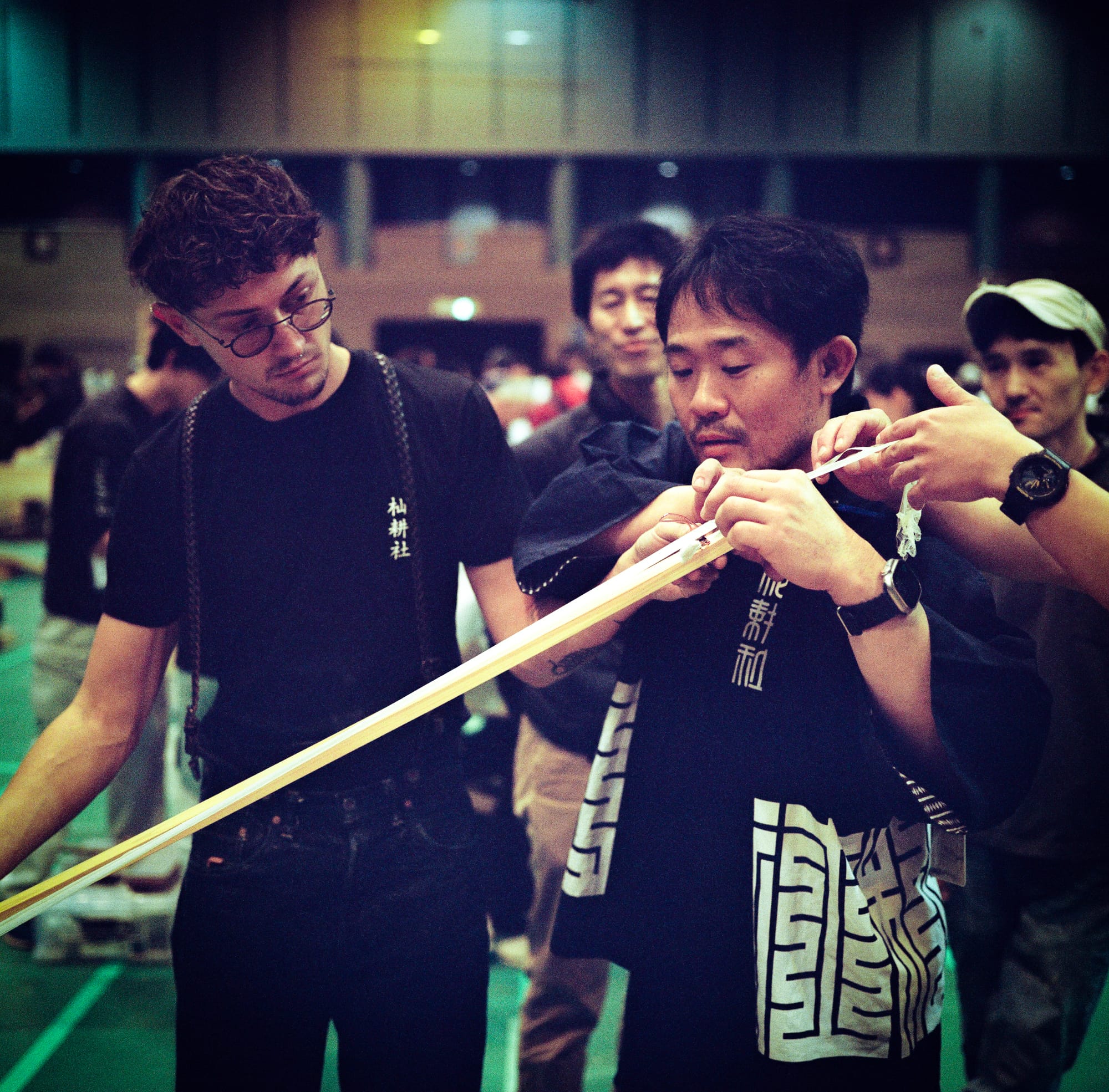
I did notice a few things, though. I was told that this year, more competitors brought more planes sharp and ready to go, and fewer or no stones to sharpen. Some tools were vacuum sealed.

Popular stones are the Naniwa 2000 kez stone and Naniwa 12k stone as a finisher or last synthetic stone. Kensyou man-made stones are popular, too, for people lucky enough to find them.
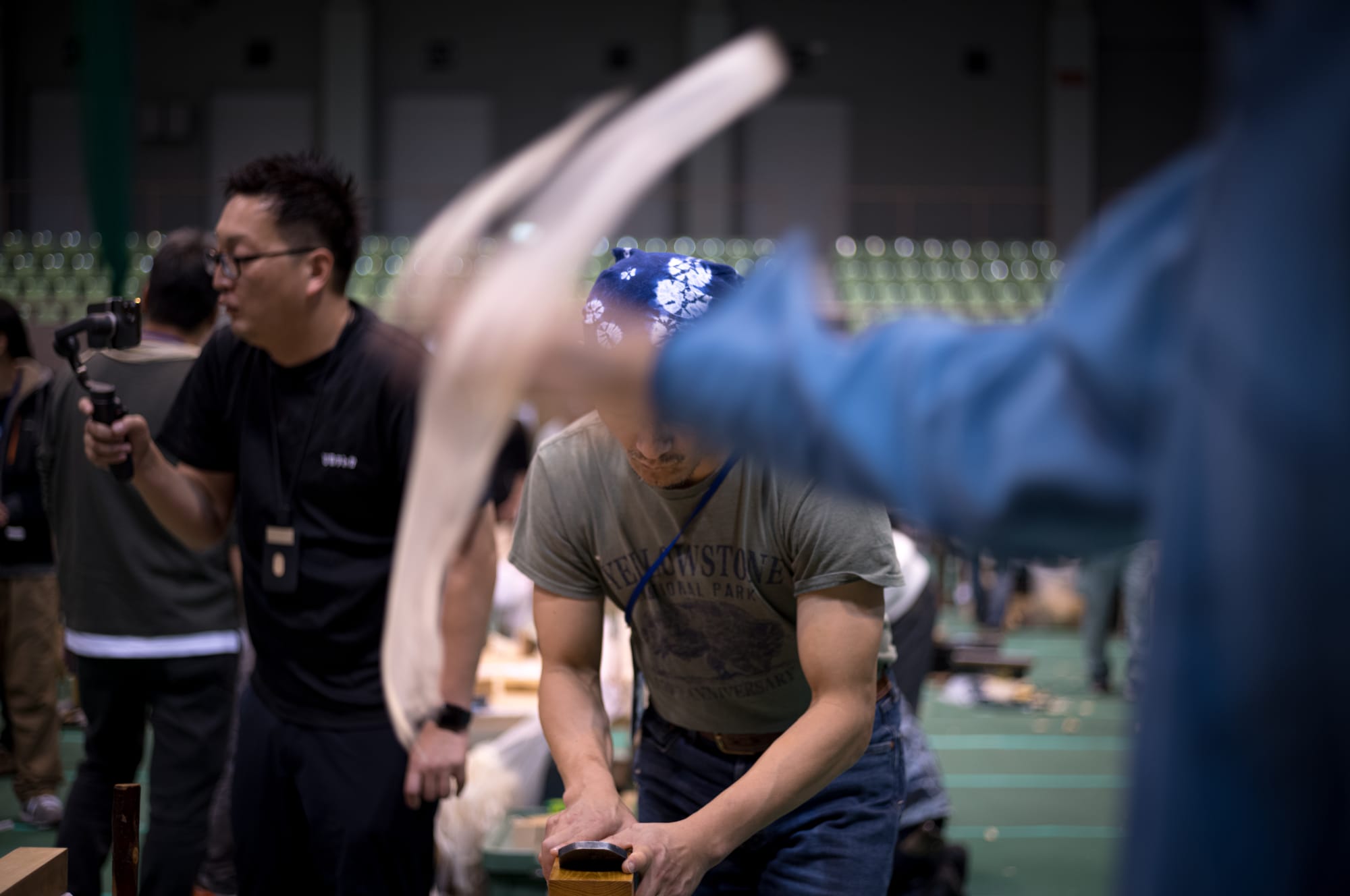
Since kez is like a Formula One type of scenario where every variable matters, you can't really compete with just good sharp steel and perfectly tuned planes if your planing beam (used for qualifying for finals) is not of extremely high quality. Some beams were vacuum sealed, and Yama-san brought his beam in a PVC pipe with screw caps on the ends.
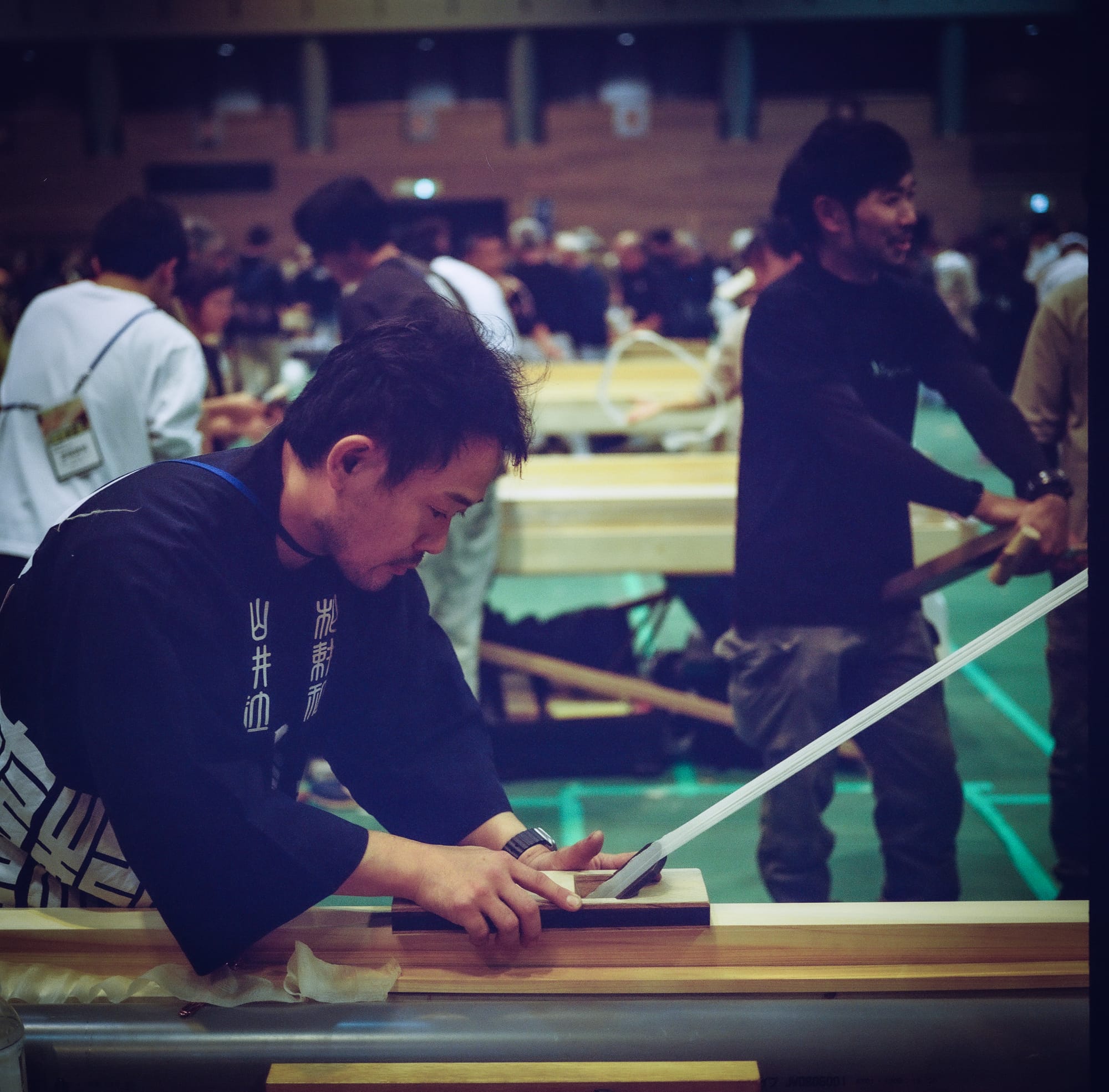
Yama-san had brought a couple of interesting planes. One had ebony beams along the side, inset in grooves, holding in brass bars meant to stabilize the dai. He also had a unidirectional scraper plane with a reversed blade, so that it had full support on the back, with the bevel side doing the scraping.
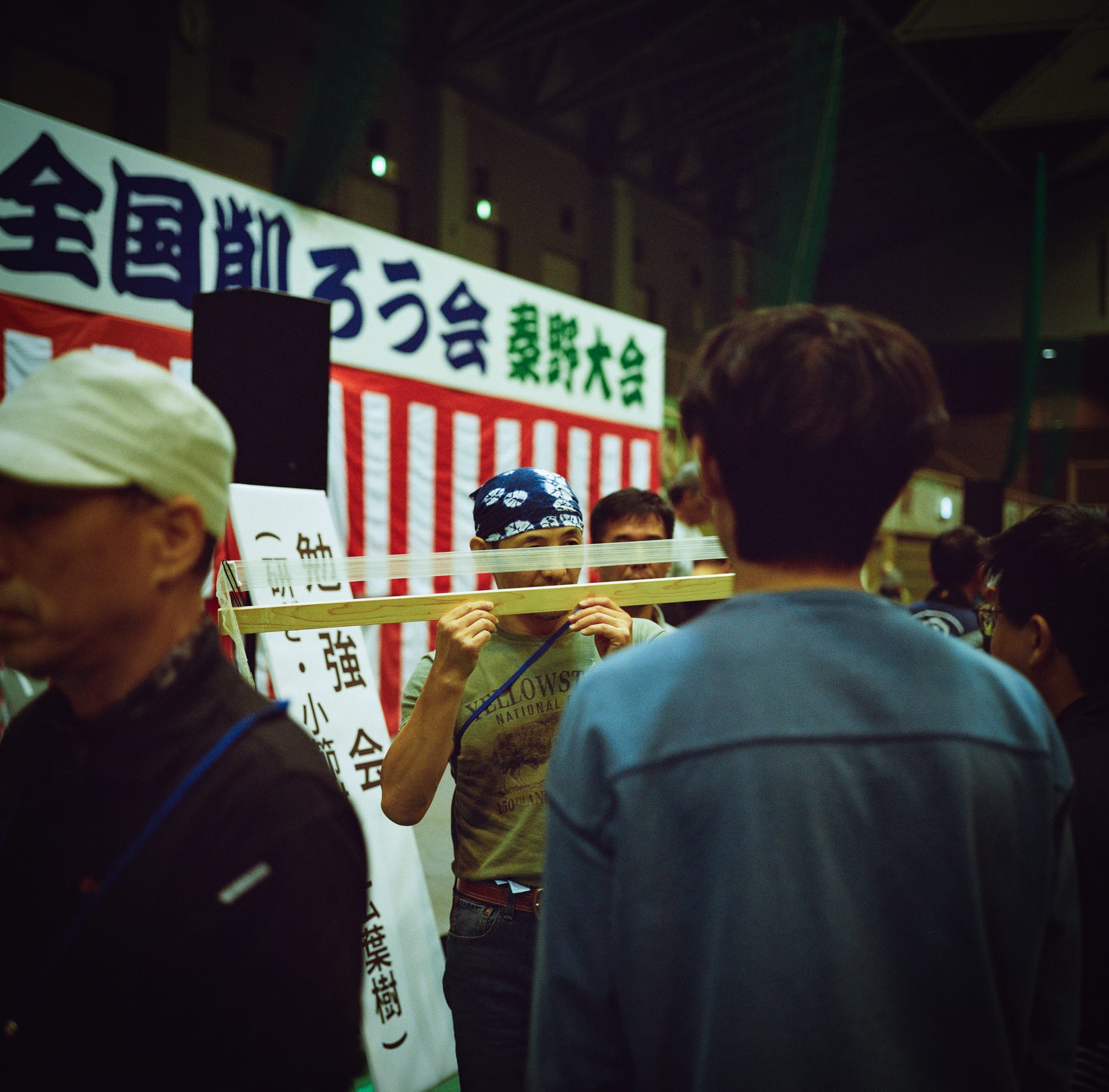
There was also some effort put towards spreading the shavings to avoid doubling up under the micrometer when being measured.
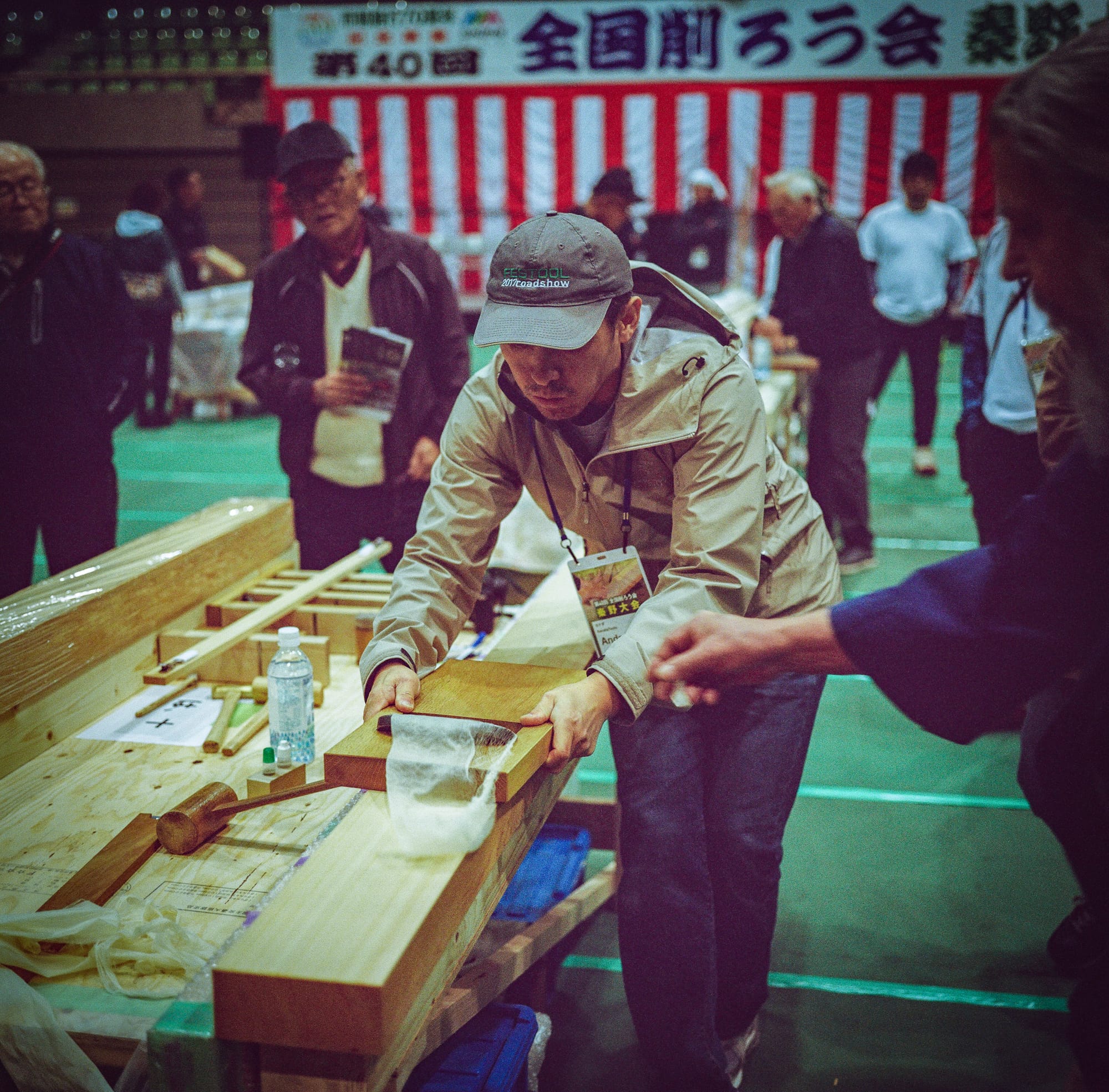
Although some people went too far and judges had to implement a rule asking people not to spend more than 15 seconds doing so.
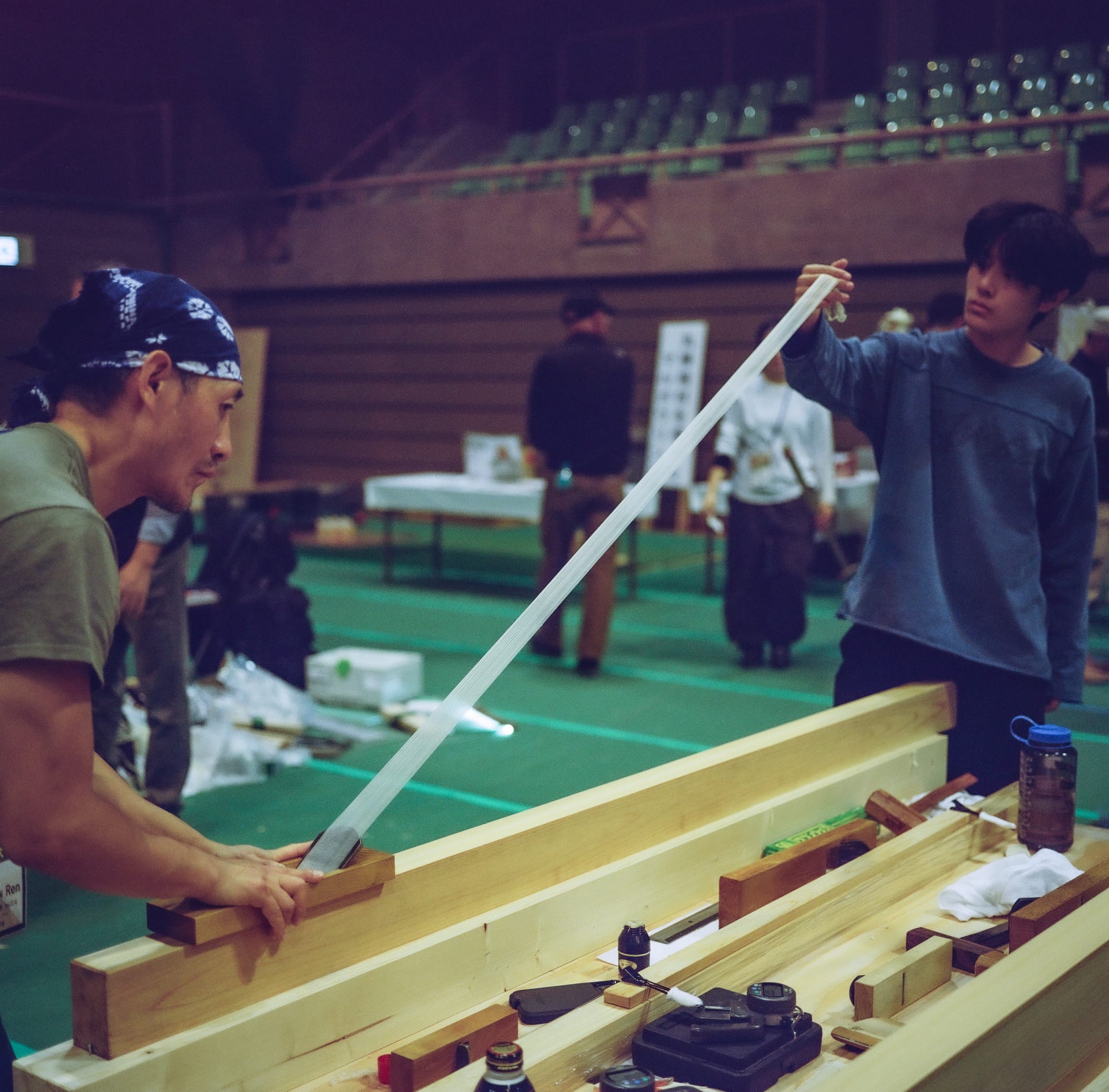
Some of what kez competitors do applies to building, and some of it doesn't. Sharpness does. Dai accuracy does. What else? I don't know.
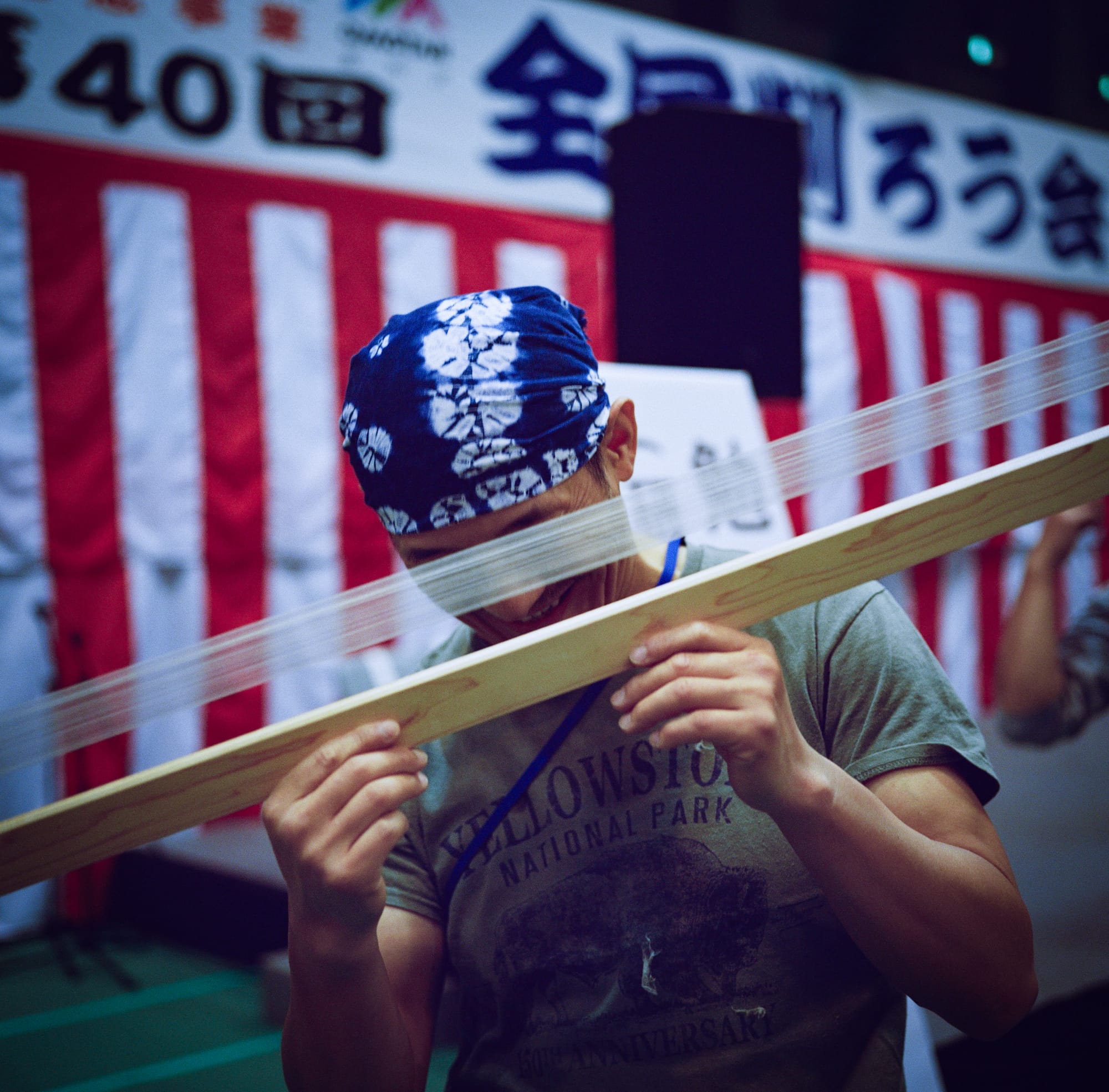
Andrew Ren is a stoic guy, but I captured some of his emotion and intense focus through the weekend.
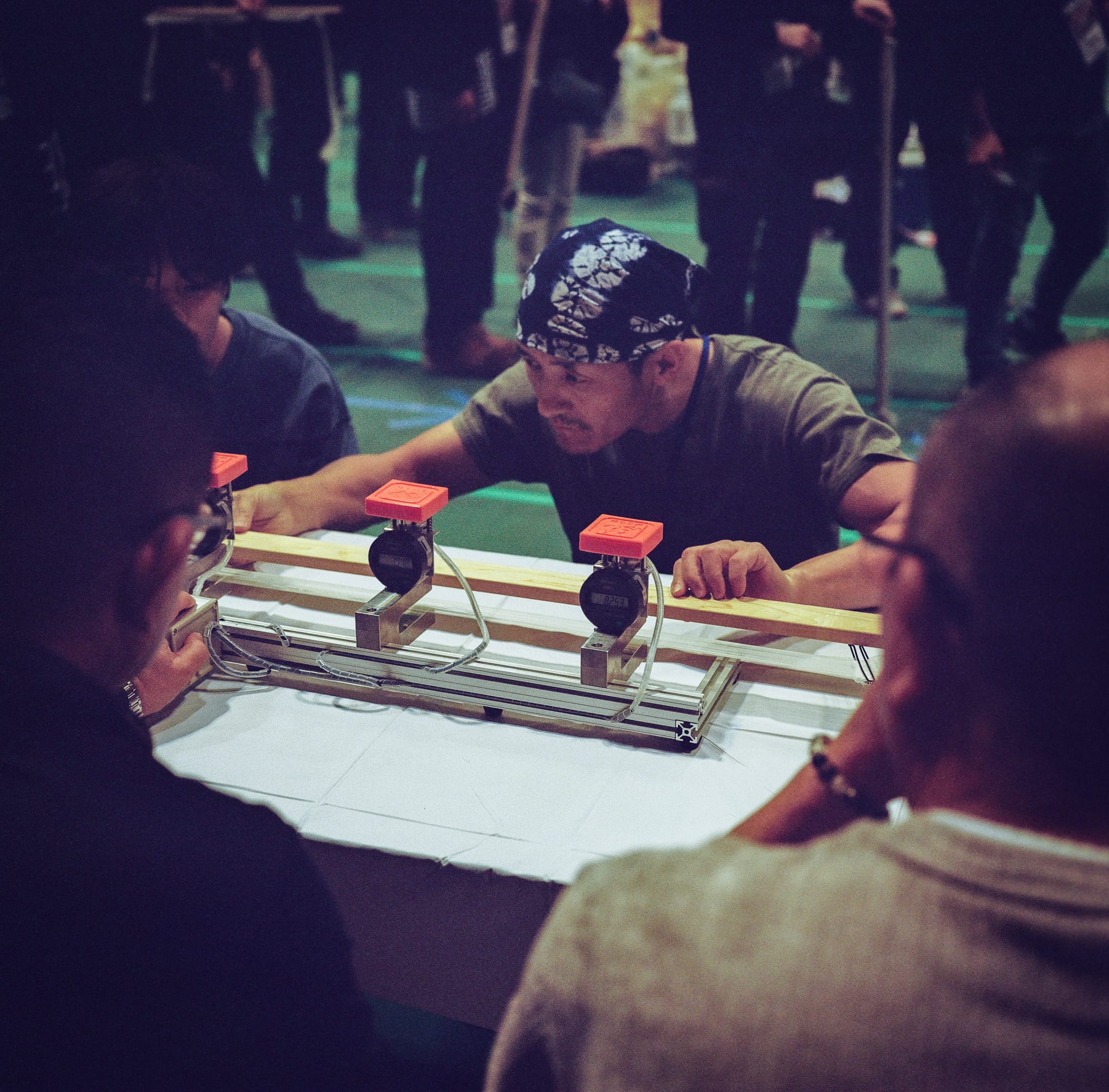

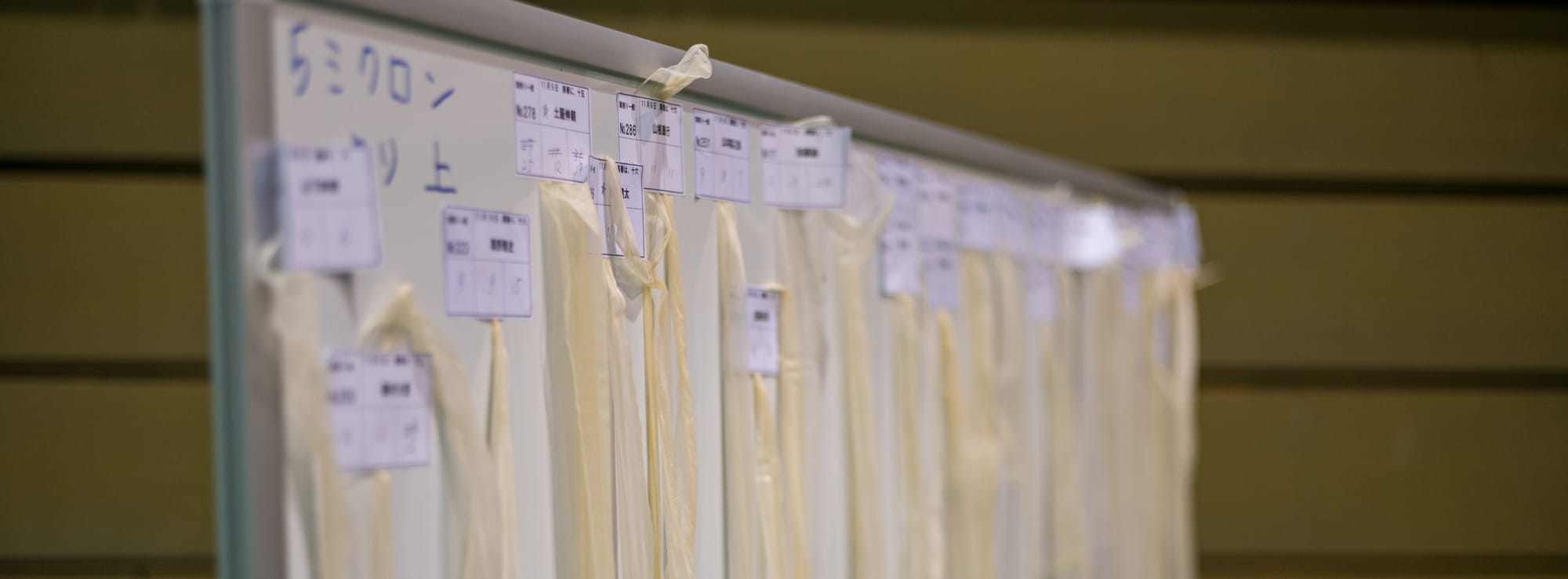
He is already preparing for the next competition that happens in Osaka, April 2024.
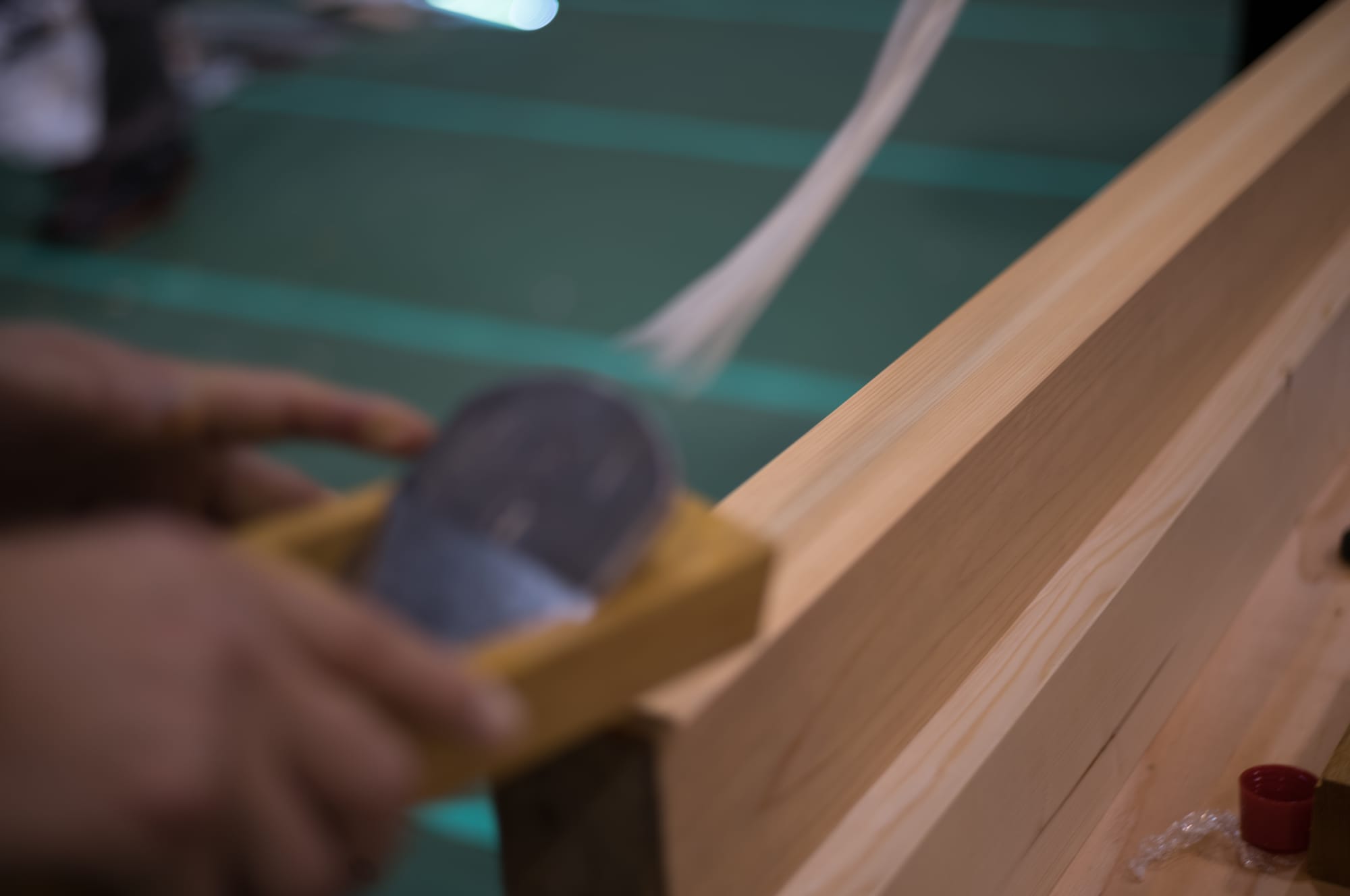
More images below:

